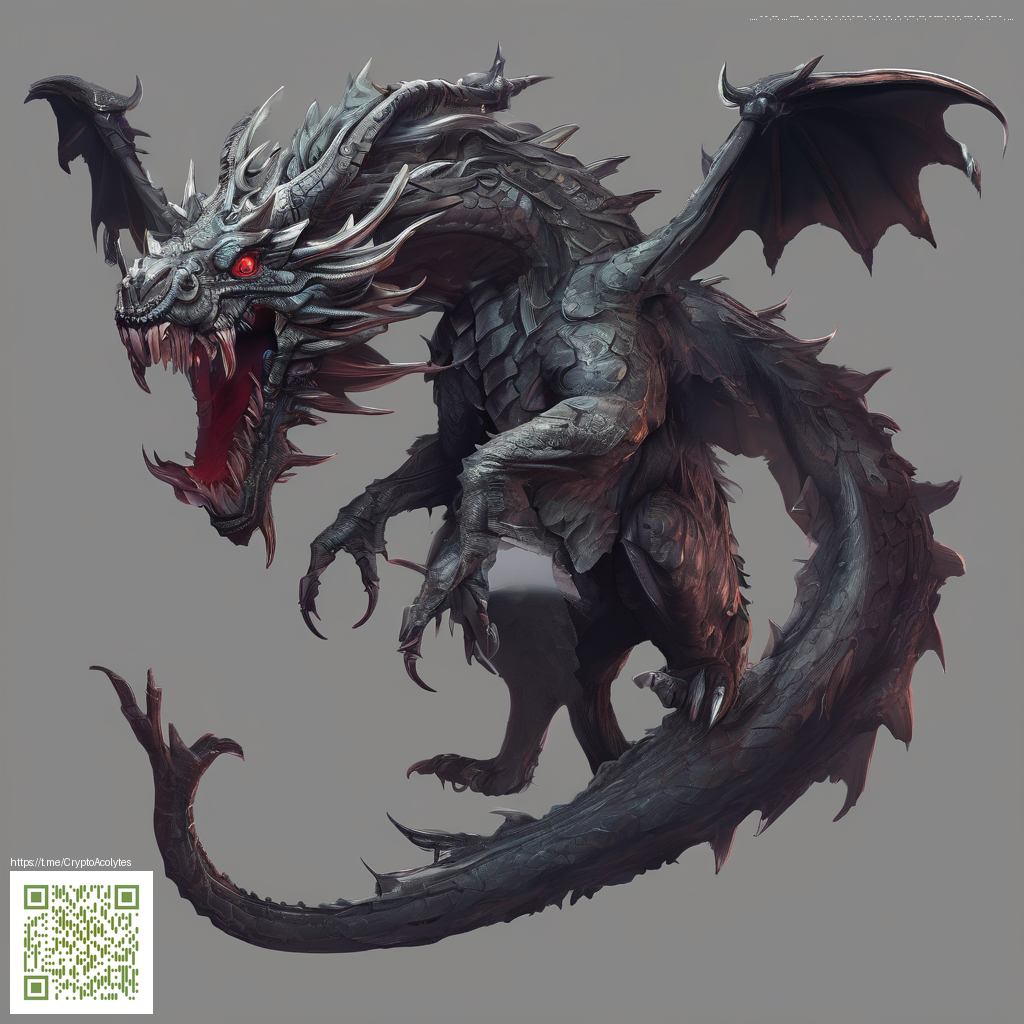
Enhancing Dark Mode with Rich Textures: A Practical Guide for Modern Websites
Dark mode isn’t just a color choice; it’s a design philosophy that affects readability, depth, and user mood. When textures are thoughtfully applied, dark surfaces stop feeling flat and start conveying tactility—almost like you can reach out and feel the surface with your eyes. The goal is to create subtle complexity that elevates content without sacrificing legibility. In this piece, we’ll explore how to craft rich dark mode textures that perform well across devices and lighting conditions.
Texture as a Conversation Between Light and Shadow
Texture acts as a dialogue between illumination and shade. A well-chosen texture adds micro-information—grain, speckle, or fabric-like patterns—that helps users distinguish sections, recognize interactive elements, and perceive rhythm as they scroll. You don’t need a noisy background to achieve depth; even a restrained grain or a barely-there noise layer can make a screen feel tangible. For designers looking at real-world references, consider a tactile example in product design: the Non-slip Gaming Mouse Pad Neon Vibrant Polyester Surface. You can explore this item to see how a textured surface interacts with lighting and motion by visiting the product page.
For a broader sense of texture ideas, the Sapphire Images gallery offers a curated look at how textures render on dark backgrounds in varied contexts. Sapphire Images gallery is a helpful companion as you translate concepts into CSS patterns, SVG overlays, and real-world materials.
“Texture is less about decoration and more about communication. A well-crafted texture guides the eye, supports contrast, and makes content feel anchored in space.”
Color Theory Meets Texture in Dark Mode
Texture doesn’t exist in a vacuum. The color palette you pair with a textured surface determines how depth reads in different environments. Dark mode thrives on high contrast regions, but you should avoid absolute blacks that crush detail at small sizes. Instead, experiment with near-black backgrounds paired with carefully chosen highlight blues, teals, or magentas. Subtle gradient stacks can push the perception of depth without introducing noise that harms readability. Remember to test for accessibility: contrast ratios should meet WCAG guidelines to ensure text remains legible against textured backgrounds.
Practical Techniques to Implement Rich Textures
- Layered gradients: Combine multiple radial and linear gradients to simulate cloth, brushed metal, or subtle noise. Keep the layers low in opacity so the content still shines through.
- Noise overlays: A tiny amount of noise or grain can stabilize perception on large panels and reduce banding on high-density displays. Use CSS with a lightweight PNG or an SVG pattern that scales cleanly.
- SVG patterns and vector textures: Vector textures scale beautifully and stay crisp on retina screens. These can be blended with your base color using mix-blend-mode for nuanced depth.
- Texture-aware typography: Slightly adjusting line-height or letter-spacing in tandem with texture layers can improve legibility and alignment of text blocks on dark surfaces.
- Performance-conscious decisions: Prefer composited textures that render efficiently on mobile devices. Prefer CSS isolation and avoid heavy filters on large background areas.
In practice, you’ll often blend CSS gradients with a translucent texture layer to achieve a tactile feel without compromising performance. A small, well-placed texture can help users locate navigation, focus input fields, and interpret content hierarchy—especially on long-form reading experiences in dark mode.
Bringing It All Together in Your Design Workflow
Start by defining a texture language for your site: grain intensity, directionality, and the balance between matte and glossy impressions. Create a quick design kit with a few texture presets—light, medium, and heavy—then test across breakpoints to ensure consistency. When you iterate, consider real-world usage scenarios: reading long articles, completing forms, or interacting with media. Document how textures influence perception in your notes, and use that reference as you refine CSS variables and asset pipelines.
If you’re curious about how textures translate to live products, you can examine tactile cues from real-world items as a benchmark. The product page linked above demonstrates how texture can enhance grip and visual appeal, while the Sapphire Images gallery provides a broader context for texture-driven design. For a concrete example, a neon, high-grip surface like the one mentioned can inspire how your own textured overlays interact with bright accent colors in dark mode.
Key Takeaways for Designers and Developers
- Texture should support readability, not distract from content.
- Layer gradients and subtle noise to create depth without clutter.
- Test texture choices on multiple devices and lighting conditions to ensure consistency.
- Balance accessibility with aesthetic ambition by checking contrast and legibility.
To study a real-world texture example as part of your exploration, consider visiting the product listing for inspiration on tactile surface detail: Non-slip Gaming Mouse Pad Neon Vibrant Polyester Surface.